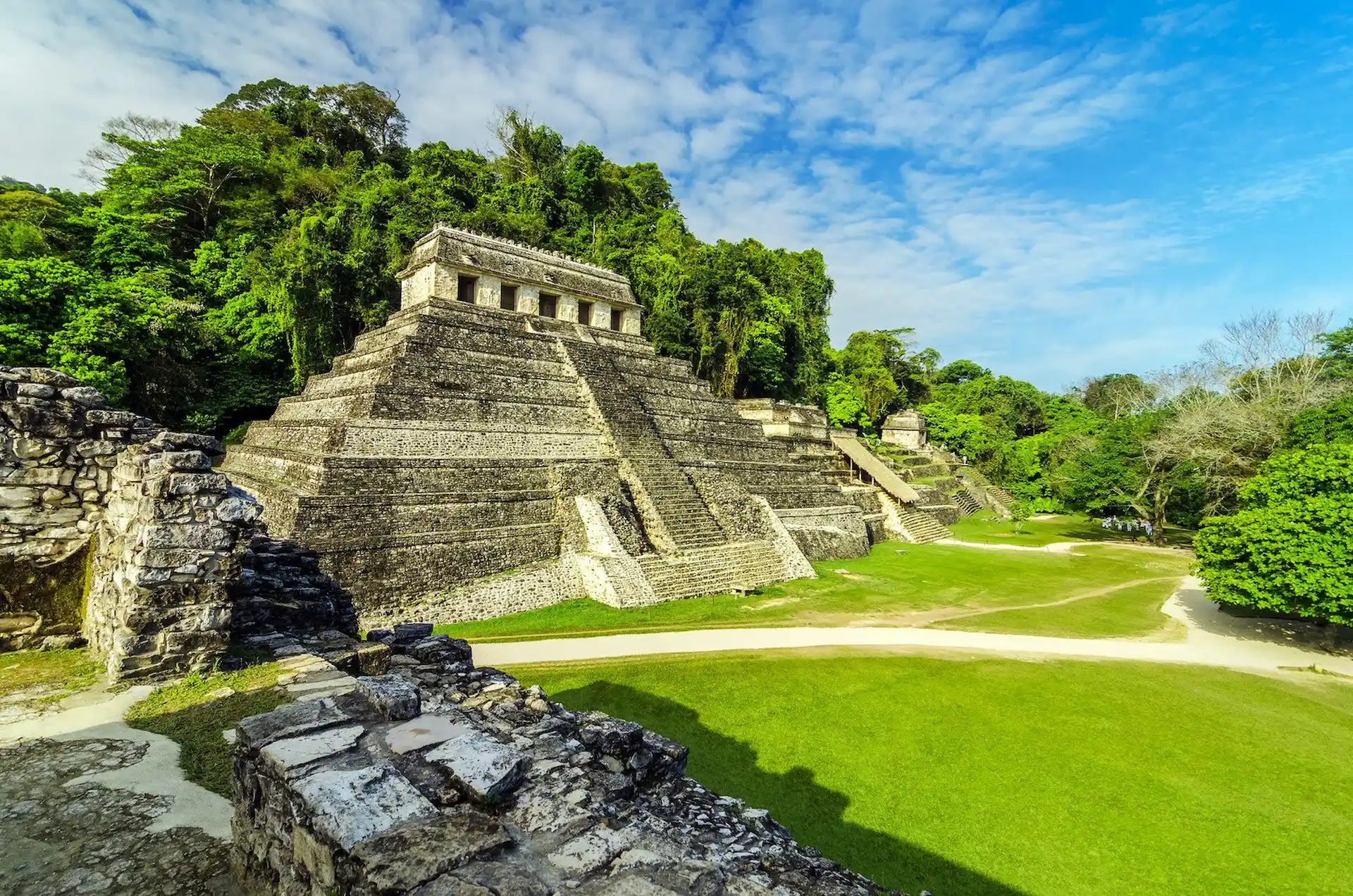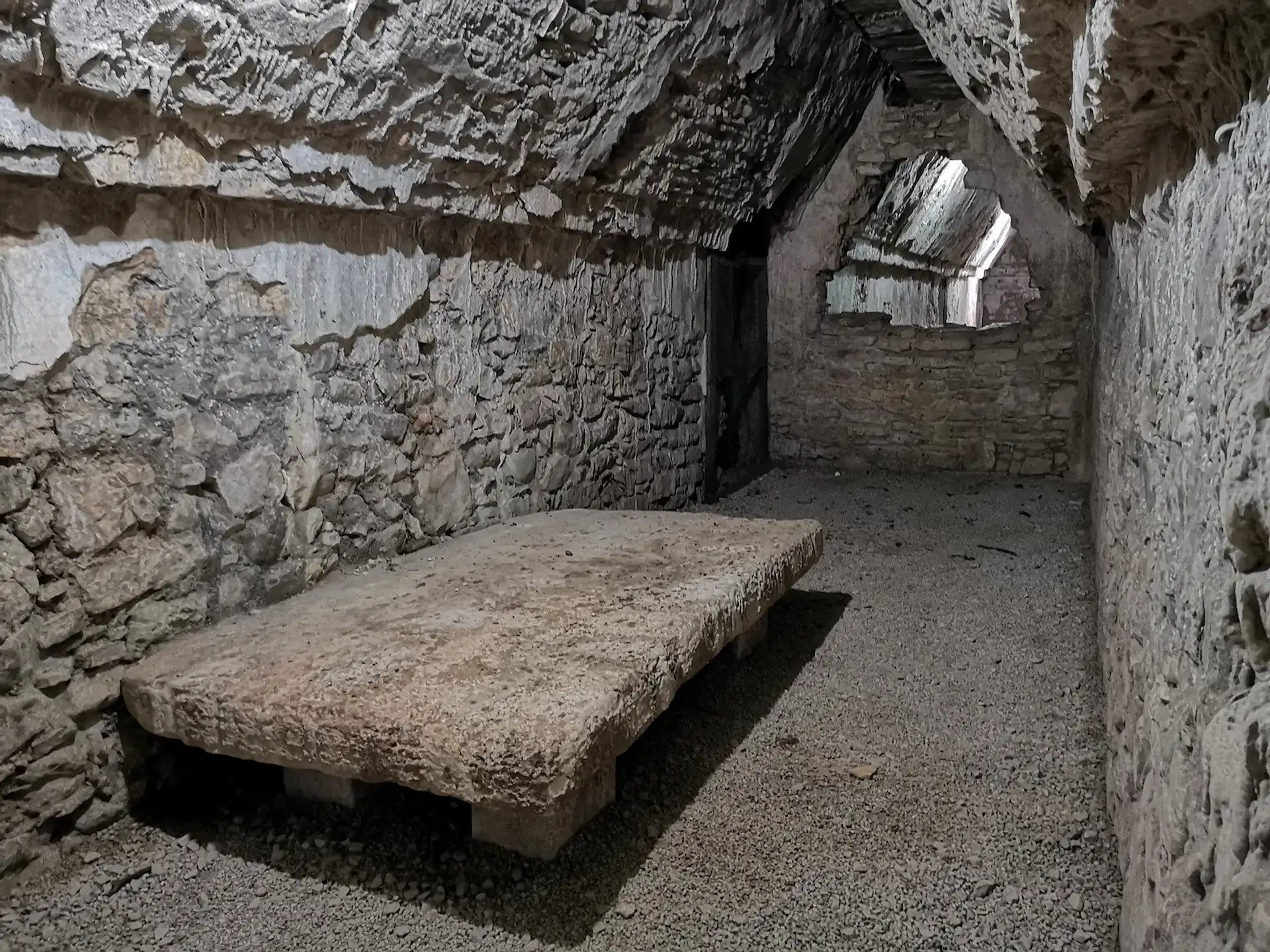The Tomb of the Red Queen is one of the most fascinating discoveries in Mesoamerican archaeology. Located in the majestic city of Palenque, Chiapas, this tomb offers an intriguing glimpse into the life and death of a prominent figure of the ancient Maya civilization. What secrets does this enigmatic tomb hide and why does it continue to capture the imagination of so many?
The discovery of the tomb of the Red Queen
The Tomb of the Red Queen was discovered in 1994 by archaeologist Arnoldo Gonzalez Cruz and his team in Temple XIII at Palenque. Upon opening the tomb, they found a stone sarcophagus covered with a layer of cinnabar, a bright red pigment that gave its name to the tomb and the mysterious occupant. Can you imagine the thrill of finding something so ancient and well preserved?
Who was the Red Queen?
Although the identity of the Red Queen remains a mystery, many researchers believe she may be Tz’akbu Ajaw, the wife of King Pakal the Great, one of Palenque’s best-known rulers, based on the location and similarities to other royal tombs. This theory is based on the location of the tomb and similarities to other royal burials. Could it be that this tomb reveals more about the powerful women of the Maya civilization?
The wealth of findings
Inside the Tomb of the Red Queen, archaeologists found a treasure trove of artifacts including jade jewelry, pearls, shells, and human bones. These objects not only demonstrate the wealth and status of the Red Queen, but also the burial practices and religious beliefs of the Maya. What do these artifacts tell us about life in Palenque more than a thousand years ago?
The symbolism of the color red
The use of cinnabar to cover the Red Queen’s sarcophagus and remains is a fascinating aspect of this discovery. In Maya culture, the color red symbolized blood and life, as well as rebirth and connection to the gods. Could this symbolism offer clues to the spiritual beliefs of the Red Queen and her people?
The impact of the discovery
The Tomb of the Red Queen has not only provided valuable archaeological knowledge, but has also attracted tourists and scholars from around the world to Palenque. This discovery has increased interest in Maya civilization and boosted the local economy through tourism. What more could we learn by continuing to explore and study these ancient ruins?
Conservation and ongoing study
Preservation of the Red Queen’s Tomb is crucial to ensure that future generations will be able to learn from this remarkable find. Preservation efforts include monitoring the environment within the tomb and restoring the artifacts found. How can we ensure that these historic treasures remain intact for the future?
The Tomb of the Red Queen continues to be a subject of great interest and study, continually offering new insights into Maya civilization. Would you like to visit Palenque and see this impressive discovery up close? The story of the Red Queen is a reminder of the lasting legacy of the Maya and the mysteries yet to be unraveled in the ancient world. Plan your visit and explore Palenque’s rich history for yourself!






